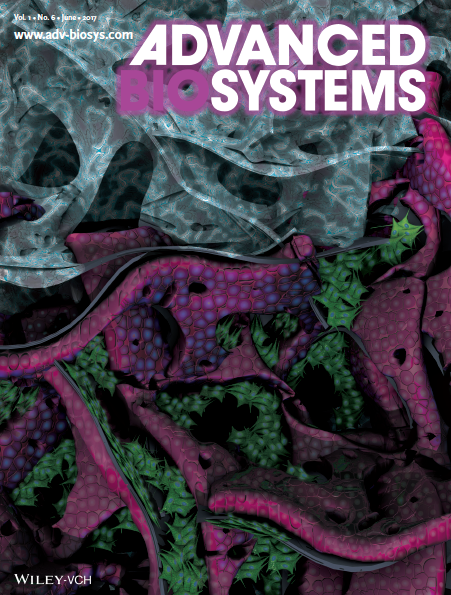
This work reports the design of a live-cell monitoring platform based on a macroporous scaffold of a conducting polymer, poly(3,4-ethylene dioxythiophene):poly(styrenesulfonate). The conducting polymer scaffolds support 3D cell cultures due to their biocompatibility and tissue-like elasticity, which can be manipulated by inclusion of biopolymers such as collagen. Integration of a media perfusion tube inside the scaffold enables homogenous cell spreading and fluid transport throughout the scaffold, ensuring long term cell viability. This also allows for co-culture of multiple cell types inside the scaffold. The inclusion of cells within the porous architecture affects the impedance of the electrically conducting polymer network and, thus, is utilized as an in situ tool to monitor cell growth. Therefore, while being an integral part of the 3D tissue, the conducting polymer is an active component, enhancing the tissue function, and forming the basis for a bioelectronic device with integrated sensing capability.